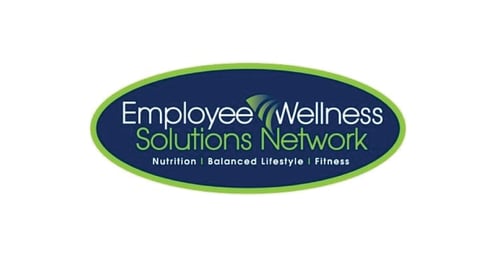Increasing Employee Engagement in Wellness Using Population Research and Psychographics

One of the most important parts of any employee wellness program is an effective marketing and communications plan. Psychographics can boost engagement by delivering relevant messages.
The best communications systems target different types of employees and speak directly to them, to increase and maintain employee engagement. But how do you get such a specific communications system started?
Utilizing Consumer Segmentation Models
In the highly competitive world of marketing, consumer segmentation models known as psychographics have been a key component to market research for decades. These consumer descriptions help marketers pinpoint communications to target audiences. This precise understanding of target populations – what drives them, what they care about, and how to engage them – helps marketers send specific and effective messages that best motivate the consumers.
Translate this into the world of wellness, and you have exactly the type of communication strategy that’s necessary. C2B, a healthcare consumer research firm, has applied these marketing techniques to communicating wellness to employee populations. Here we’ll spell out their findings and share actionable tips for effectively communicating to your entire employee population.

The five types of wellness program participants, according to C2B’s research:
- Self-achievers: This is the most proactive group that invests in health and appearance and will tackle a challenge if given measurable goals.
- Balance seekers: They’re proactive about their health, but more open and independent about what success looks like. They want choices and don’t want to be told what to do.
- Priority jugglers: They’re busy and may not take the time to invest in their own wellbeing. They are reactive when it comes to their own health, but proactive when it comes to their family’s health.
- Direction takers: They rely heavily on what their physician says, but are not strict about fitting those recommendations into their routine.
- Willful endurers: They’re not unhealthy, necessarily, but focus on what they see as more important things in life. A visit to the doctor’s office is only when it’s considered a must, or a last resort.
Tailoring Your Wellness Communication
When creating your wellness program communications, it’s important to offer something for everyone. Just like teachers in a classroom offer different types of learning for visual, auditory, and tactile learners, effective wellness communication teams will offer various forms of communications. Here are the best ways to communicate to each segment of your population.
- Self-Achievers and balance seekers are proactive about health and benefits, so they respond well to long, thoughtful emails that contain thorough information and directions. They appreciate regular updates like weekly newsletters and program progress check-ins.
- Priority jugglers often value the option of spouse participation, and respond well to word of mouth marketing. Programs that allow participants to invite a buddy or share their positive experiences are engaging for this population.
- Direction takers react best to simple, straightforward instructions. They don’t need stories or testimonials to pique their interest; simply tell them what to do and explain what they’ll get in return, and they’re likely to engage.
- Willful endurers are the most difficult wellness program population to engage. They respond best to short emails, text messages, social media posts and efficiently worded instructions. Messages that are too long will lose their attention.
A successful wellness program usually has something that can benefit every single member of an employee population. But the best results and ROI come only if each employee is engaged. An effective communications system that is tailored to reach each type of engagement personality will see engagement levels rise and more positive rewards from their employee wellness program.
Based on THIS article by CoreHealth CEO Anne Marie Kirby.
Ready to Use Psychographics to Improve Wellness Engagement?
Contact us to learn more.
About CoreHealth Technologies
CoreHealth Technologies Inc. is the leading corporate wellness platform trusted by wellness providers for more than 1000 organizations, ranging from medium-sized businesses to Fortune 500 enterprises. At CoreHealth, we believe that developing the best employee wellness programs is all about giving wellness companies the right code, design and access to the latest innovations. With the most customization, integrations and reliability of any software in its class, CoreHealth’s powerful platform lets users focus on growing great companies. For more information, explore the CoreHealth website.




